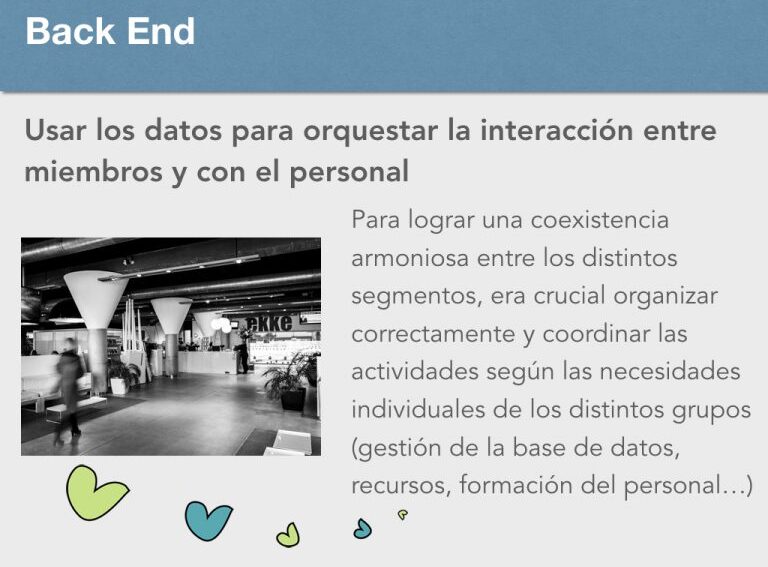ABSTRACT
Retail companies have a marvellous machine for creating a “shopping experience”: the store. But wanting to create a shopping experience is not enough. The customer always has some sort of in-store shopping experience but not necessarily positive. The key lies in giving this experience a meaning, i.e. performing a certain “score” that customers and employees can relate to, a “score” that makes the store unique and preferred by its shoppers for non-traditional reasons.
____________
Every week, trade journals say that offering a “shopping experience” is the key to standing out.
So much talk about something might be dangerous: it might become fashionable and then just deflate.
.
There’s always a shopping experience
Even if the vendor doesn’t do it deliberately, customers always have some sort of in-store shopping experience.
You always feel something when you go shopping. You might, for example, feel excited, bored, surprised or confused, or like a person, a customer or a “number”, or feel that you’re being served, ignored, understood or pressured, etc. In other words, retail companies always provide a certain “shopping experience”.
We always feel something when we go shopping. The key is to give this experience a meaning. Photos: Ian ‘Harry’ Harris and Brian Talbot (flicker.com)
.
A shop is a “selling machine”, and a big “communication machine” too
A really privileged machine because it can use all the human senses. That really is “multimedia”.
When someone uses a multimedia resource (meaning a video with sound: i.e. two senses), I think this is “low-media”, since stores can use up to four or five senses.
If used together, the results are extraordinary and synaesthesia can even happen: the scent of a refreshing perfume or faint image.
.
The essence of the shopping experience is in the “score”
What matters is not just realising that a shop’s multisensory nature and volumetrics give it a huge capacity for expression but that certain techniques and resources can be used to perform a certain “score”.
By “score” I mean the shop’s personality or DNA. Whatever makes it unique and preferred by its shoppers, factors outside the realm of logic (promotions, products, price, parking facilities, etc).
.
THE SHOPPING EXPERIENCE MUST REFLECT
THE MEANING THE CHAIN OFFERS ITS CUSTOMERS,
USING NOT JUST REASONS FOR SHOPPING BUT EMOTIONS.
.
This score must be composed by the retail store manager, even if experts are then called in to play it in their specific languages (interior design, window dressing, lighting, fashion design, sales staff, buyer, personnel manager, etc).
In other words, it is up to retail store managers to decide what sense, meaning and experiences they want people to feel when they enter a store.
What defines great entrepreneurs is their ability to endow a shopping trip with a given meaning. Managers who haven’t got a clue just say they want to “offer a shopping experience”, but that won’t get them far.
Managing these intangible factors is no easy job, particularly if the company usually talks a lot about promotions, prices, services and the like. It is no coincidence that ESADE launched a management programme in September called “Getting into retailing”, for companies who want to sell directly to the general public and know that the traditional retailing mix is not enough.
.
The “score” is for in-house customers too
Javier Roza, former General Manager of Unilever, Portugal, said, “A leader’s sole function is to give collaborators a reason for getting up every day and going to work wanting to do it well” (Cinco Días, 27th Oct. 2007).
It is no coincidence that the basic task of retail managers is to give a certain meaning not only to the customers who visit their store but also to in-house customers: the employees.
Statistical evidence on several continents shows that customer’s loyalty to a chain is in direct proportion to employees’ loyalty to the retail company.
.
Lluis Martinez-Ribes
Source: Distribución Actualidad, the spanish magazine of retail
(nº 391, June 2008)




